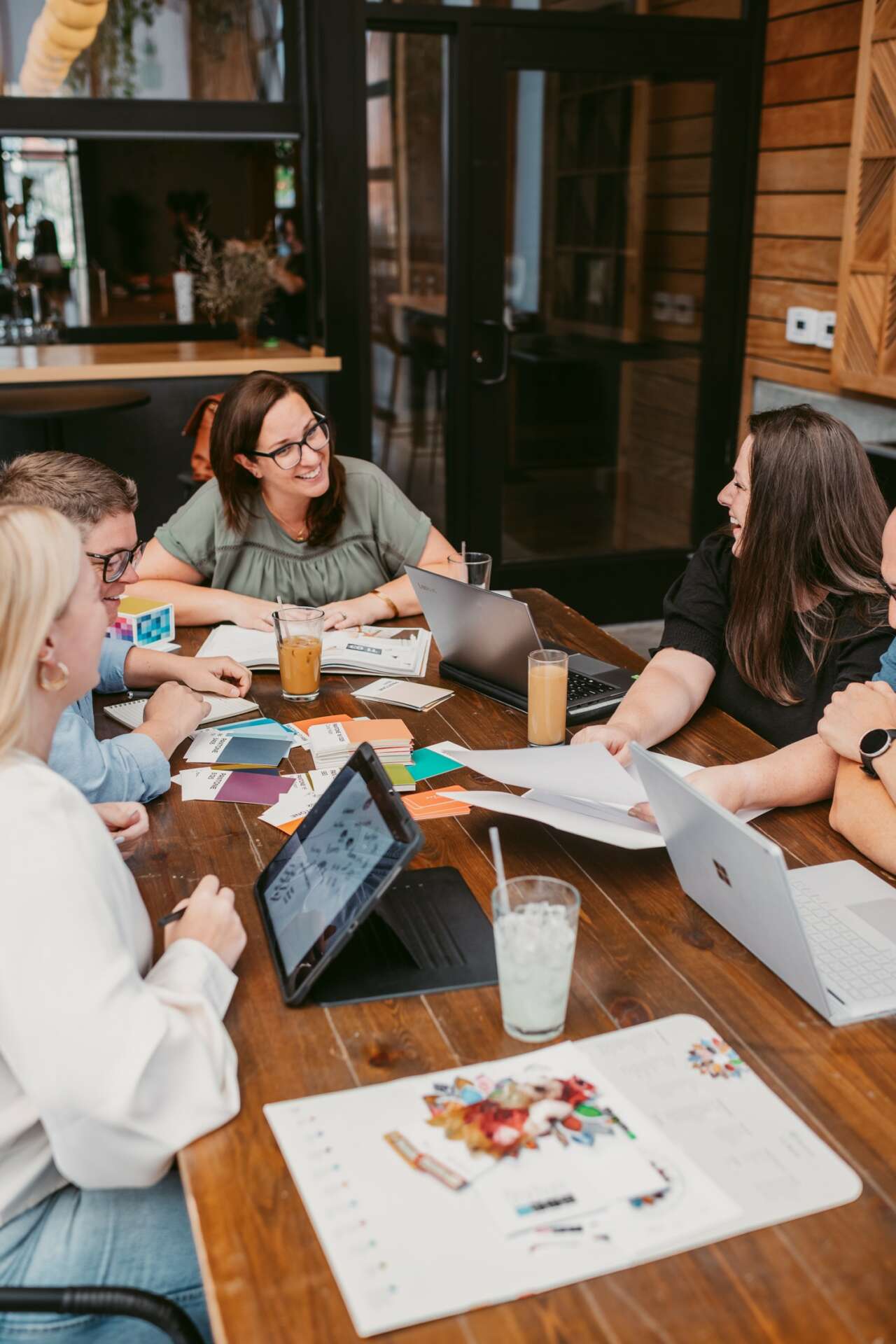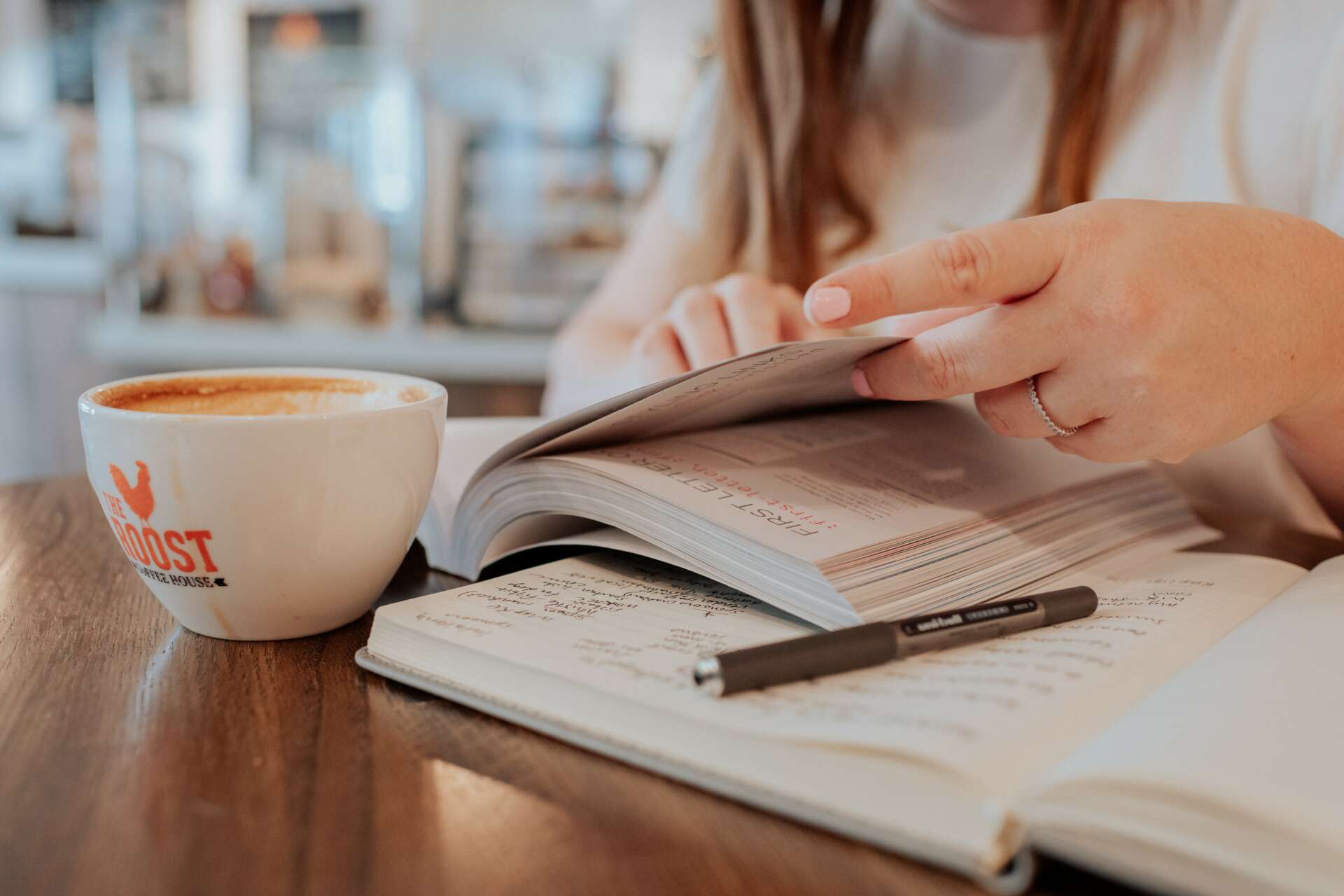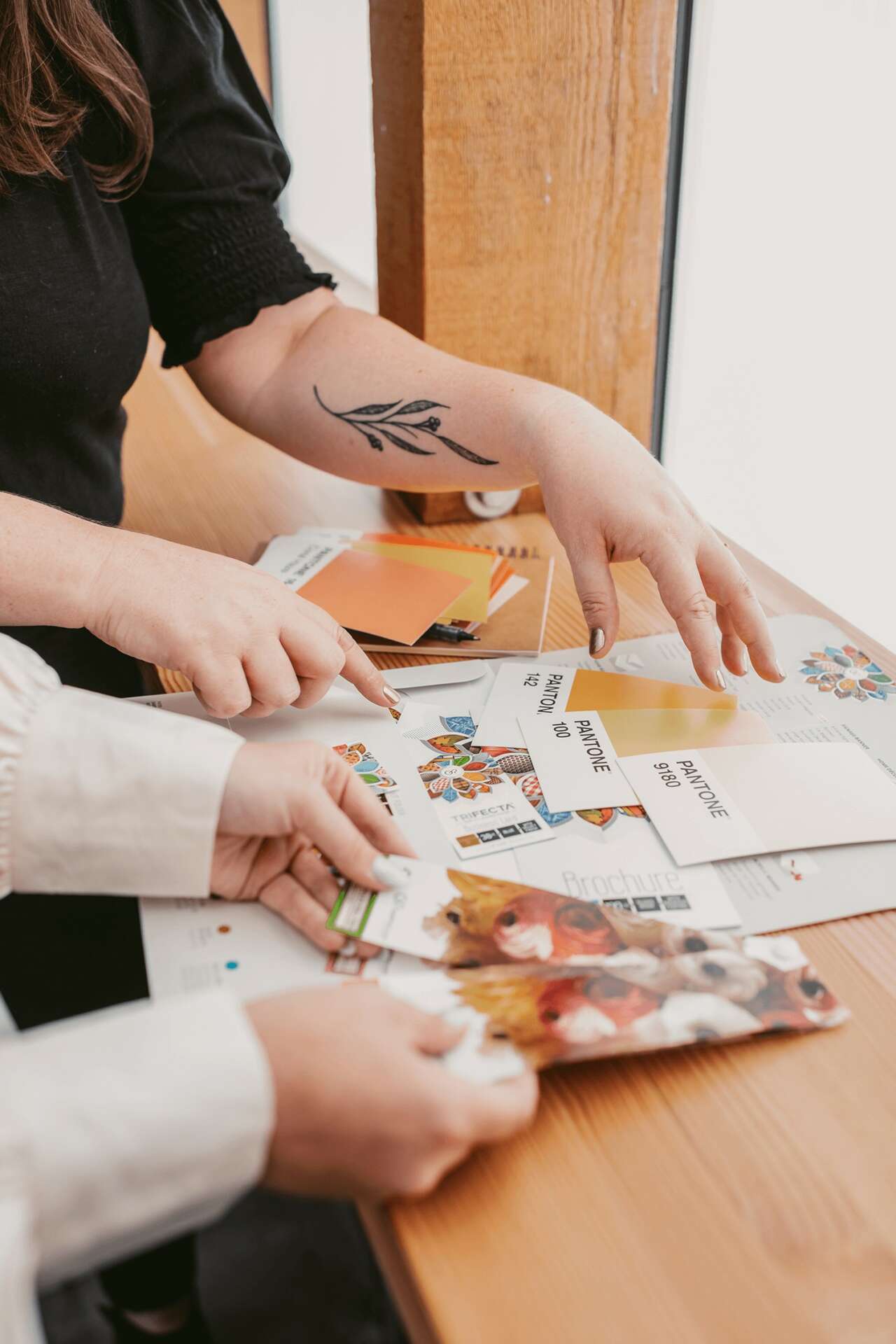We were lucky to catch up with Meg McConnell recently and have shared our conversation below.
Alright, Meg thanks for taking the time to share your stories and insights with us today. So, let’s imagine that you were advising someone who wanted to start something similar to you and they asked you what you would do differently in the startup-process knowing what you know now. How would you respond?
Before working full-time for myself in 2016, I freelanced on nights and weekends around my full-time jobs. With freelance projects I was saying yes to everything under the sun, underpricing, and letting the clients largely drive the process. At the end of 2020, after working as a full-time freelancer for four years, I founded Due West Design studio and really started to identify more as a business owner. This was something I definitely wish I’d figured out sooner!
Following this realization I spent time cleaning up my own web site messaging and portfolio, and started taking marketing more seriously. This included setting up a business Instagram account to connect with other designers and local businesses, creating a Google My Business listing and asking for clients reviews, joining online directories, and clearly asking for referrals and repeat work at the end of each project. I really nailed down my offerings, pricing, and mapped out all of my processes from start to finish, creating templates, documentation, and automations where I could. I started the Profit First method and hired an accountant so that I’m no longer afraid to face tax season (mostly). I hired a design assistant to help with the influx of new work and figured out pieces of each project that she could manage every time so that my capacity improved. And I’ve invested in technology like 17Hats, Loom, Acuity, etc. that have made communication easier (and better) while managing client projects. Nothing earth shattering, but these things made such a clear impact on my business that I can’t believe I didn’t do them sooner. In my case I think it was a mindset shift–I had to see what I was doing as a real business and start treating it accordingly.



Awesome – so before we get into the rest of our questions, can you briefly introduce yourself to our readers.
My name is Meg McConnell and I’m the owner of Due West Design studio in Colorado Springs, CO. We provide branding and web design services for small business owners and nonprofits all over the US, focusing on clean, professional visuals that help folks stand out in a crowded market. We love working with people and organizations who are doing things a little outside the box, either with their style, mission, or the way they connect with and help people. A great example of this is a long-term client who is a lawyer using her expertise to lead advocacy work for kids with disabilities. Another is a medical doctor who opened her own practice using a Direct Primary Care model so that she could spend more time with patients and create an affordable health care option in the community. And we recently wrapped up a project for a portrait and wedding photographer with a really unique voice, and gorgeous work that doesn’t look like anyone else in his industry.
One of my favorite parts of a new branding project is figuring out what makes you different and special and YOU. I love getting to know our clients and I’m thrilled that we have the privilege of working with so many cool people. Because I was a freelancer for so long I’m still excited to be working with clients who I met nearly two decades ago! It’s the best. Once we’ve created a brand and web site, we often continue creating marketing collateral and refreshes for clients as their businesses grow and evolve over the years.
When it comes to Due West Design, it’s important that the business reflects values that are important to me–kindness, inclusiveness, professionalism, humor, and a little bit of adventure. I moved out west from Charleston, SC almost seven years ago, and the mountains are now due West of our home here in Colorado. My team is full of animal lovers and we donate a percentage of profits to an animal rescue group each year. A big reason that I wanted to have my own business was for the time freedom (i.e., the ability to go for a hike when the weather is nice) and to be able to build something that feels authentic and positive and like it’s doing some good in the world.


Can you talk to us about how your side-hustle turned into something more.
I’m 42 years old and sometimes feel like a dinosaur in my industry. As soon as you hop on Instagram you can see there are so many amazing graphic and web designers out there now. But when I graduated college there were not a ton of people building web sites (from scratch! In HTML!) or offering design services and so two things happened. The first was that in all of my full-time jobs, I was always the first person to volunteer to build and manage the office web site, create the flyer, format the report–whatever needed to be done that was in any way adjacent to graphic design. I did it all, and taught myself anything I didn’t know. I took design courses through the local tech college to learn Adobe Illustrator and Photoshop, and did some pro bono work with local nonprofits to practice my skills. I challenged myself constantly and learned everything I could.
The second thing was that because I genuinely loved what I was learning, I talked about it a lot and people started sending me freelance projects. With every new full-time job and freelance project, my network expanded. I think this is why I was able to transition fairly easily to working for myself full-time–I had a lot of work experience under my belt and a pretty solid professional network who continued to refer me to new projects. I also focused on delivering great work and making the process as easy as possible for my clients. I’ve heard a lot of horror stories over the years of people getting ghosted mid-project by a designer and I never want to be that person! I believe in honest communication and will do everything I can to make sure our clients have a good experience and get the result they are looking for. This has helped a lot on the referral end (which is where most of our work still comes from) and then we’ve increased our visibility in more recent years through a more targeted effort on marketing and outreach (especially locally).
What’s a lesson you had to unlearn and what’s the backstory?
Like a lot of creatives, I have struggled with money mindset and financial planning. I spent the first 14 years of my professional career working 9-to-5 jobs with a steady paycheck and benefits. I had absolutely no idea how to manage the finances for a full-time business. I went into it with an employee mindset in terms of how I priced projects and determined my hourly rate. There was so much to learn about taxes, expenses, and how much a business really has to bring in to pay yourself a decent salary. It’s way more complicated than the “hit $10k months” kind of stuff you see pitched all the time online.
The book “Profit First” by Mike Michalowicz was a game changer for me. It presented clear categories to route my revenue to that supported both me and the business. I finally hired an accountant and am learning so much about how to record things, and potential new ways to structure Due West. I also recently worked with a business coach who helped me see beyond the feast and famine cycle and taught me the importance of building financial buffers. It helped me think about retirement and where I want the business to be in a decade or two. Sometimes the administrative and financial side of a business can be overwhelming for creatives, but I’m really glad I got serious about it. I feel much more in control and like I have a clear plan both now and in the future.
Contact Info:
- Website: https://duewestdesign.com/
- Instagram: @duewestdesign
- Linkedin: https://www.linkedin.com/company/due-west-design/
Image Credits
Photos by Mikaela Stern / Xaris Photography


